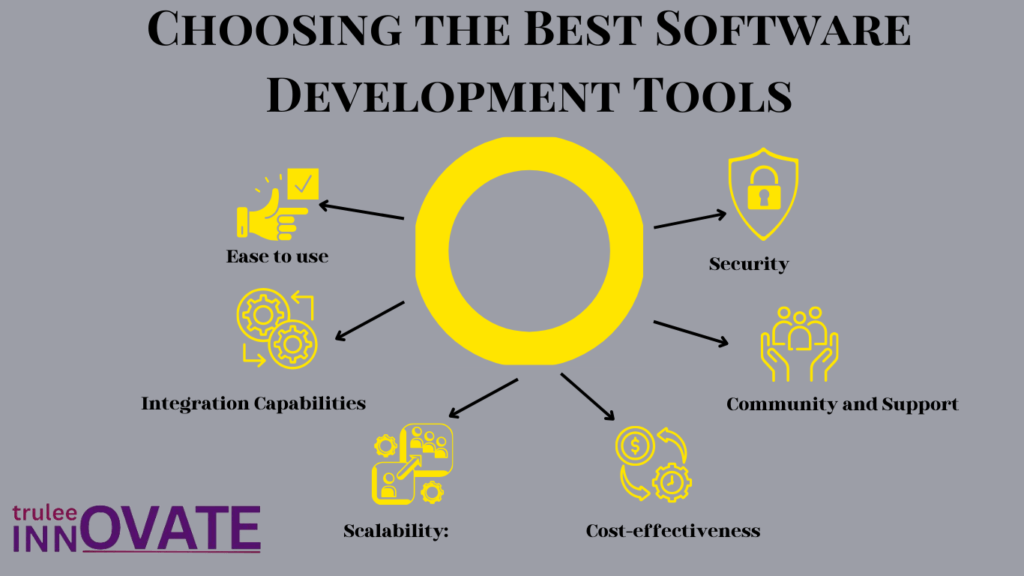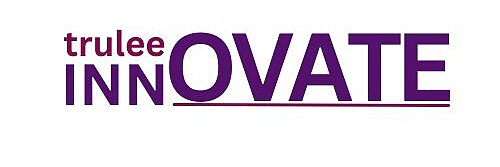Introduction: Why Software Development Tools Matter in 2025
Software Development Tools play a pivotal role in shaping the future of technology. As we step into 2025, the demand for robust, efficient, and scalable tools has never been higher. Whether you’re a solo developer, part of an agile team, or a tech leader in a growing enterprise, having access to the best software development tools 2025 has to offer can drastically improve your workflow and output. These tools help developers write cleaner code, test applications faster, and deploy solutions seamlessly.
From version control systems to cloud-based platforms, each tool serves a specific purpose in the development lifecycle. In this guide, we’ll explore the essential tools every developer should know in 2025, providing insights into their features, benefits, and how they integrate into modern workflows.
Criteria for Choosing the Best Software Development Tools
When evaluating software development tools, it’s important to consider several factors that align with your project goals and development needs. Here are the key criteria:
- Ease of Use: Intuitive interfaces and user-friendly documentation save time and reduce the learning curve for developers.
- Integration Capabilities: Tools should integrate seamlessly with your existing workflows and other software in your tech stack.
- Scalability: As your projects grow, your tools should scale to meet increasing demands.
- Security: With the rise in cyber threats, tools that prioritize security and provide robust data protection are vital.
- Community and Support: A strong developer community ensures regular updates, plugins, and troubleshooting assistance.
- Cost-effectiveness: The tool’s pricing model should align with your budget while offering maximum value.
By using these criteria, developers can identify tools that enhance their efficiency and productivity.

1. Version Control Systems: Why Git Remains a Leader in 2025
For any software development project, version control systems are essential. They allow developers to track changes, collaborate with teammates, and revert to previous versions when necessary. In 2025, Git continues to dominate as the go-to version control system.
Key Features of Git:
- Distributed version control: Developers can work offline and push changes when ready.
- Branching and merging: Teams can create multiple branches for new features and merge them without disrupting the main codebase.
- Platform compatibility includes GitHub, GitLab, and Bitbucket
Why Git is Essential in 2025: Git enables seamless collaboration, especially in agile development environments. It’s used by startups and enterprises alike to maintain code integrity and streamline team workflows. For developers working on multiple projects, Git remains indispensable.
2. Integrated Development Environments (IDEs): The Dominance of VS Code and Alternatives
Integrated Development Environments (IDEs) are comprehensive tools that combine code editing, debugging, and testing features in a single interface. In 2025, Visual Studio Code (VS Code) remains the top choice due to its lightweight nature and extensive plugin ecosystem.
Key Features of VS Code:
- Syntax highlighting for multiple programming languages.
- Debugging tools with breakpoints and call stack analysis.
- A rich marketplace of extensions for added functionality.
Alternative IDEs:
- JetBrains IntelliJ IDEA: Ideal for Java development with advanced code analysis and refactoring tools.
- Eclipse: A long-standing choice for enterprise-grade Java and C++ projects.
- PyCharm: Tailored for Python developers with robust Django support.
Benefits of IDEs: By using powerful IDEs, developers can write and debug code efficiently, collaborate with team members, and integrate other tools like Git seamlessly.
3. Collaboration Tools: Enhancing Communication with Slack and Jira
Collaboration tools have become essential for software teams in the remote-first world of 2025. Two of the most widely used tools are Slack and Jira.
Slack:
- Real-time messaging for team communication.
- connections to other development tools, such as Jenkins and GitHub.
- Channels for focused discussions and reduced email dependency.
Jira:
- Advanced project management features for agile teams.
- Tools like Kanban boards and sprint planning for tracking progress.
- Seamless integration with CI/CD pipelines and issue tracking.
By incorporating these tools into your workflow, teams can maintain transparency, stay on schedule, and resolve issues faster.
4. Code Editors: The Continued Popularity of Sublime Text and Atom
While IDEs dominate for larger projects, lightweight code editors like Sublime Text and Atom are perfect for quick edits and scripting tasks.
Features of Sublime Text:
- Lightning-fast performance for large files.
- Multi-caret editing for simultaneous changes across the codebase.
- Customizable themes and plugins.
Features of Atom:
- Open-source and community-driven development.
- GitHub integration for version control.
- Real-time collaboration through packages like Teletype.
- These editors offer the flexibility and speed needed for specific tasks without the overhead of a full IDE.
5. Containerization and Virtualization: The Role of Docker and Kubernetes
Containerization tools like Docker and Kubernetes have revolutionized software deployment by enabling consistent environments from development to production.
Docker:
- Package applications with dependencies to ensure portability.
- Reduces conflicts between development and production environments.
Kubernetes:
- Makes it possible to scale and deploy containerized apps automatically.
- Manages clusters of containers for optimal resource utilization.
- These tools are a must-have for DevOps teams, allowing faster deployments and seamless scaling of applications.
6. Testing Frameworks: Ensuring Quality with Selenium and Cypress
Deployment of software in any environment ranging from production to development has become trouble free due to containerization tools like Docker and Kubernetes.
Docker:
- Gives an app the packages along with it when trying to install making it easier to install an app to any OS.
- Cuts down the tendency of differences between the dev environment and the production environment, since both might be on different devices.
Kubernetes:
- Handles the deployment and the growth of an app that has been containerized.
- Does management of container clusters for a better use of the system’s resources.
To make sure that an App is easily deployed and without any hassles, these tools should be a core part of DevOps teams.
Conclusion: Empowering Developers with the Best Tools in 2025
As the demand for innovative software solutions grows, having the best software development tools 2025 offers is non-negotiable. From version control systems like Git to testing frameworks like Selenium, these tools provide the foundation for successful development projects. By choosing tools that align with your specific needs, you can improve productivity, collaboration, and the overall quality of your software solutions.


